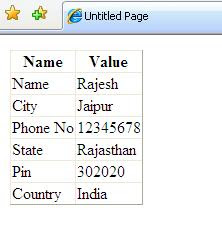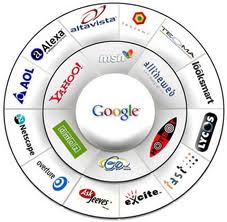Using Reflection to set a Property with a type of List
HI friend
I use reflection to create a generic List with a custom class (List<CustomClass>).
use this Code,
I use reflection to create a generic List with a custom class (List<CustomClass>).
use this Code,
class Properties { public string ProData { get; set; } } class Program { static void Main() { Type type = typeof(Properties); // possibly from a string IList list = (IList) Activator.CreateInstance( typeof(List<>).MakeGenericType(type)); object obj = Activator.CreateInstance(type); type.GetProperty("ProData").SetValue(obj, "abc", null); list.Add(obj); } }


















0 comments: